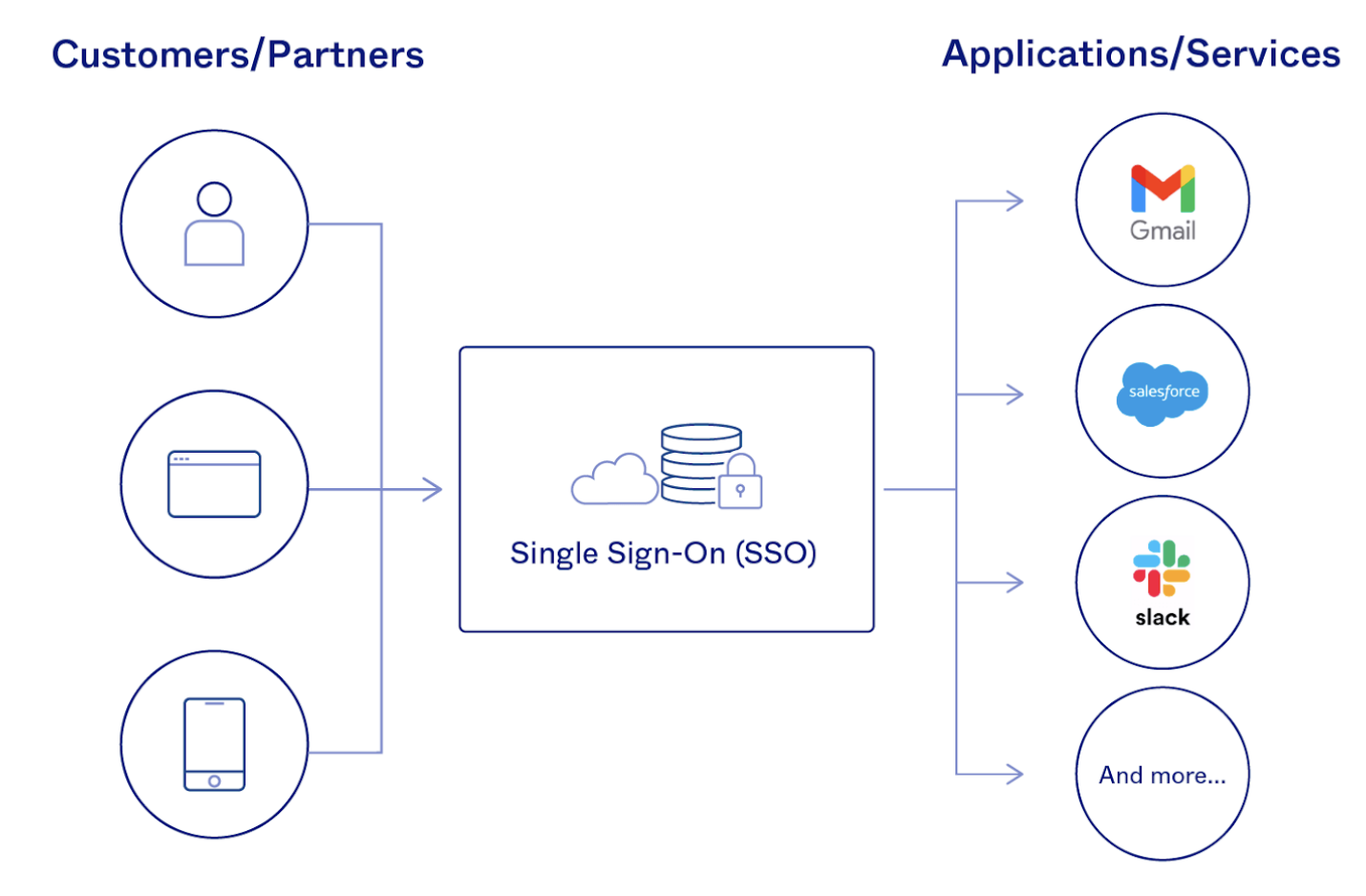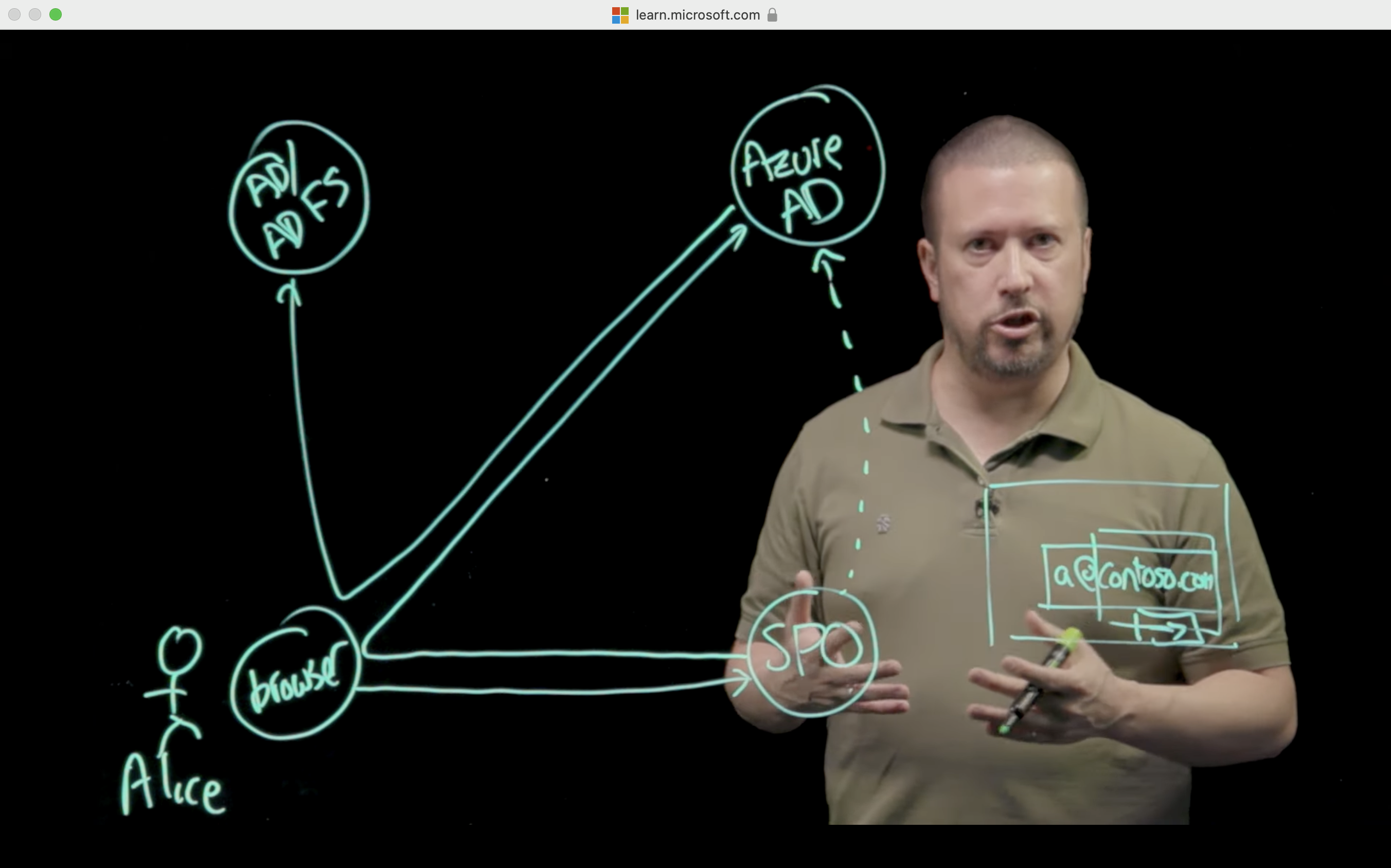
SSO is built on the concept of federated identity, which is the sharing of identity attributes across trusted but autonomous systems. When a user is trusted by one system, they are automatically granted access to all others that have established a trusted relationship with it. This provides the basis for modern SSO solutions, which are enabled through protocols like OpenID Connect and SAML 2.0.
When a user signs in to a service with their SSO login, an authentication token is created and stored either in their browser or in the SSO solution’s servers. Any app or website the user subsequently accesses will check with the SSO service, which then sends the user’s token to confirm their identity and provide them with access.

When you set up SSO to work between multiple identity providers, it's called federation. An SSO implementation based on federation protocols improves security, reliability, end-user experiences, and implementation.
With federated single sign-on, Azure AD authenticates the user to the application by using their Azure AD account. This method is supported for SAML 2.0, WS-Federation, or OpenID Connect applications. Federated SSO is the richest mode of SSO. Use federated SSO with Azure AD when an application supports it, instead of password-based SSO and Active Directory Federation Services (AD FS).


| Reference | URL |
|---|---|
| What Is Single Sign-On (SSO)? | https://www.okta.com/blog/2021/02/single-sign-on-sso/ |
| What is single sign-on in Azure Active Directory? | https://learn.microsoft.com/en-us/azure/active-directory/manage-apps/what-is-single-sign-on |
| Authentication fundamentals: Federation | Azure Active Directory |